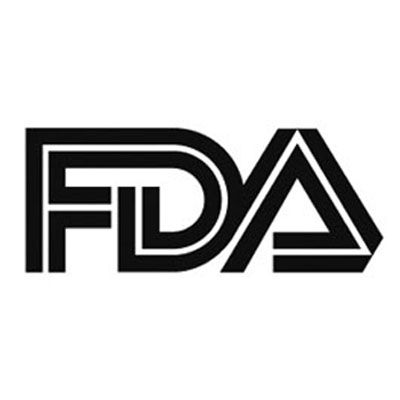BLA for Ropeginterferon Alfa-2b as PV Treatment Accepted by the FDA
"We believe ropeginterferon alfa-2b could become an important new therapeutic tool and look forward to engaging with the regulators in our efforts to introduce this option to the underserved PV community in the United States."

The FDA has accepted a Biologics License Application for ropeginterferon alfa-2b (P1101), which is intended for the treatment of patients with polycythemia vera (PV) in the absence of splenomegaly. A decision on this BLA is expected in early 2021, announced the drug developer, PharmaEssentia, in a press release.1
“We believe Ropeginterferon alfa-2b could become an important new therapeutic tool and look forward to engaging with the regulators in our efforts to introduce this option to the underserved PV community in the U.S,” said Meredith Manning, General Manager, PharmaEssentia, in a statement.
The BLA was submitted based on robust data from the phase 3 PROUD/CONTI-PV clinical trial, in which high and durable hematologic responses were demonstrated with ropeginterferon along with symptom control, tolerability, and low rates of depression. Notably, the drug also demonstrated effects on myeloproliferative neoplasm (MPN) mutations, an implied capability for disease modification.
Patients in the study were treated with either ropeginterferon (n = 95) or hydroxyurea/best available therapy (HU/BAT) (n = 74). In the ropeginterferon versus the HU/BAT group, complete hematological response (CHR) were longer-lasting at 70.5% versus 51.4% (HR 1.38; 95% CI, 1.07-1.79; P =.0122), at 36 months. The percentage of participants who experienced CHR and symptom improvement was 52.6% in the ropeginterferon arm compared with 37.8% in the HU/BAT arm (HR 1.42; 95%CI, 1.01-2.00; P =.0437). Molecular responses were also observed in 66.0% of patients who received ropeginterferon versus only 27% of those who received HU/BAT. The molecular responses were noted to be closely related to complete hematological responses.1,2
In the ropeginterferon arm, 89.8% of subjects experienced adverse events (AEs) and a similar percentage was observed in the HU/Bat arm (90.6%). The two arms were also comparable in terms of treatment-related AEs, which occurred in 74.8% of the ropeginterferon population and 78.7% of the HU/BAT population. The most common treatment-related AEs, which occurred in about 10% of patients overall, were anemia, thrombocytopenia, and leukopenia. No new safety signals were revealed in the study after 3 years of treatment.
Overall, 252 patients with PV were enrolled in the study. The primary end point of the trial was CHR and CHR plus symptom improvement. The key secondary end point was JAK2V617F molecular response.
Ropeginterferon alfa-2b is a novel pegylated interferon that was designed specifically to treat PV in the absence of symptomatic splenomegaly, a disease the impacts over 160,000 people in the United States with progressive symptoms. Because cases PV can progress to myelofibrosis and acute myeloid leukemia, the development of new drugs to treat PV is important for oncology.1
References:
U.S. FDA accepts pharmaessentia’s application for ropeginterferon alfa-2b to treat polythycemia vera. News release. June 4, 2020. Accessed June 4, 2020. https://bwnews.pr/3eRUz0K.
Gisslinger H, Klade C, Georgiev P, et al. Evidence for Superior Efficacy and disease modification after three years of prospective randomized controlled treatment of polycythemia vera patients with ropeginterferon alfa-2b vs. HU/BAT. Blood. 2018. 132; suppl 1. doi: 10.1182/blood-2018-99-118715